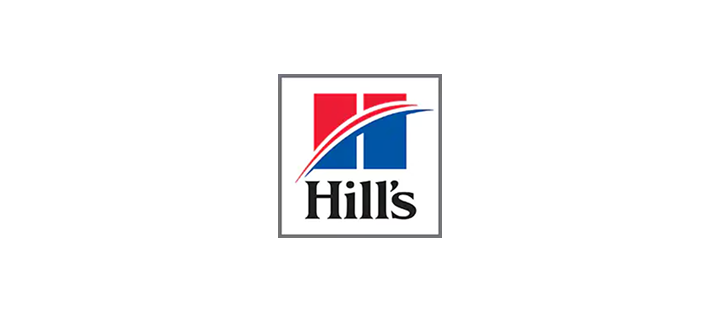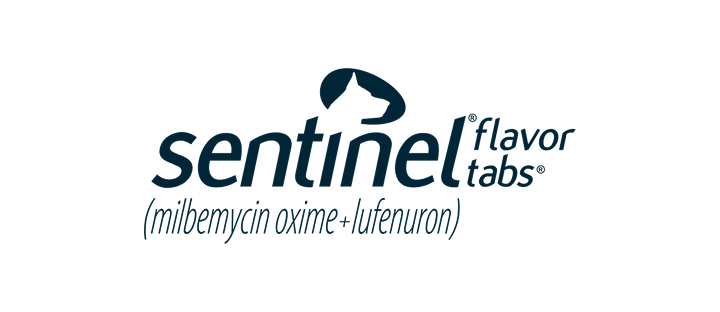Enrofloxacin Antibacterial Injectable Solution
Prescription required.
You already have a

subscription.
You already have a

subscription in cart.
Prescription required.
You already have a

subscription.
You already have a

subscription in cart.


What is Enrofloxacin Antibacterial Injectable Solution?
Enrofloxacin is a synthetic chemotherapeutic agent from the class of the quinolone carboxylic acid derivatives. Enrofloxacin Antibacterial Injectable Solution requires a prescription from your veterinarian
Suitable for:
Dogs
Benefits:
- Enrofloxacin Antibacterial Injectable Solution is indicated for the management of diseases associated with bacteria susceptible to enrofloxacin
- Enrofloxacin Antibacterial Injectable Solution is indicated for use in dogs
- Therapeutically equivalent to the pioneer drug so you can expect the same safety and efficacy
- Available in a 20 mL vial
How does Enrofloxacin Antibacterial Injectable Solution work?
Enrofloxacin Antibacterial Injectable Solution has antibacterial activity against a broad spectrum of Gram-negative and Gram-positive bacteria
Caution:
The use of Enrofloxacin is contraindicated in small and medium-breed dogs during the rapid growth phase (between 2 and 8 months of age). The safe use of enrofloxacin has not been established in large and giant breeds during the rapid growth phase.
Storage:
For use in animals only. The use of this product in cats may result in Retinal Toxicity. Keep out of reach of children. Protect from direct sunlight. Do not freeze. Store at 68-77°F (20-25°C); excursions permitted between 15 and 30°C (59 and 86°F). Use within 90 days of the first puncture and puncture a maximum of 20 times. Any product remaining after 20 punctures or more than 90 days after the initial puncture should be discarded
Brand Name:
Enrofloxacin (Dechra)
Generic Name:
Enrofloxacin
What is the most important thing I should know about Enrofloxacin Antibacterial Injectable Solution?
Enrofloxacin is a synthetic chemotherapeutic agent from the class of the quinolone carboxylic acid derivatives. It has antibacterial activity against a broad spectrum of Gram-negative and Gram-positive bacteria. Each mL of injectable solution contains: enrofloxacin 22.7 mg, n-butyl alcohol 30 mg, potassium hydroxide for pH adjustment, and water for injection, q.s
What should I discuss with my veterinarian before giving Enrofloxacin Antibacterial Injectable Solution to my pet?
Quinolone-class drugs should be used with caution in animals with known or suspected Central Nervous System (CNS) disorders. Tell your veterinarian if your pet has or may have any central nervous system disorders. In such animals, quinolones have, in rare instances, been associated with CNS stimulation which may lead to convulsive seizures
How should Enrofloxacin Antibacterial Injectable Solution be given?
Enrofloxacin Injectable Solution may be used as the initial dose at 2.5 mg/kg. It should be administered intramuscularly (IM) as a single dose, followed by initiation of enrofloxacin tablet therapy
What are the potential side effects of Enrofloxacin Antibacterial Injectable Solution?
No drug-related side effects were reported in 122 clinical cases treated with enrofloxacin injectable solution followed by enrofloxacin tablets at 5.0 mg/kg per day
What happens if I miss giving a dose of Enrofloxacin Antibacterial Injectable Solution?
Consult your veterinarian
What happens if I overdose my pet on Enrofloxacin Antibacterial Injectable Solution?
If you suspect that your pet has received an overdose of Enrofloxacin, consult your veterinarian or emergency veterinary clinic immediately.
What should I avoid while giving Enrofloxacin Antibacterial Injectable Solution to my pet?
Avoid contact with eyes. In case of contact, immediately flush eyes with copious amounts of water for 15 minutes. In case of dermal contact, wash skin with soap and water. Consult a physician if irritation persists following ocular or dermal exposure. Individuals with a history of hypersensitivity to quinolones should avoid this product. In humans, there is a risk of user photosensitization within a few hours after excessive exposure to quinolones. If excessive accidental exposure occurs, avoid direct sunlight.
What other drugs will affect Enrofloxacin Antibacterial Injectable Solution?
Concomitant therapy with other drugs that are metabolized in the liver may reduce the clearance rates of the quinolone and the other drug. Enrofloxacin has been administered to dogs at a daily dosage rate of 10 mg/kg concurrently with a wide variety of other health products including anthelmintics (praziquantel, febantel), insecticides (pyrethrins), heartworm preventatives (diethylcarbamazine) and other antibiotics (ampicillin, gentamicin sulfate, penicillin). No incompatibilities with other drugs are known at this time.


Enrofloxacin Antibacterial Injectable Solution Directions:
- Enrofloxacin Injectable Solution may be used as the initial dose at 2.5 mg/kg.
- It should be administered intramuscularly (IM) as a single dose, followed by initiation of enrofloxacin tablet therapy.
The initial enrofloxacin injectable administration should be followed 12 hours later by initiation of enrofloxacin tablet therapy
Enrofloxacin Antibacterial Injectable SolutionDosage:
| Weight | Dosage |
|---|---|
| 20lbs | 1mL |
| 60lbs | 3mL |
| Cats | Do not use! |
|---|
| Horses | Do not use! |
|---|


Enrofloxacin Antibacterial Injectable Solution Ingredients:
| Active Ingredients (per ml) | Amount |
|---|---|
| Enrofloxacin | 22.7 mg |
| n-butyl alcohol | 30 mg |
| Other Ingredients: potassium hydroxide for pH adjustment and water for injection, q.s. | |


 Swipe
Swipe










































